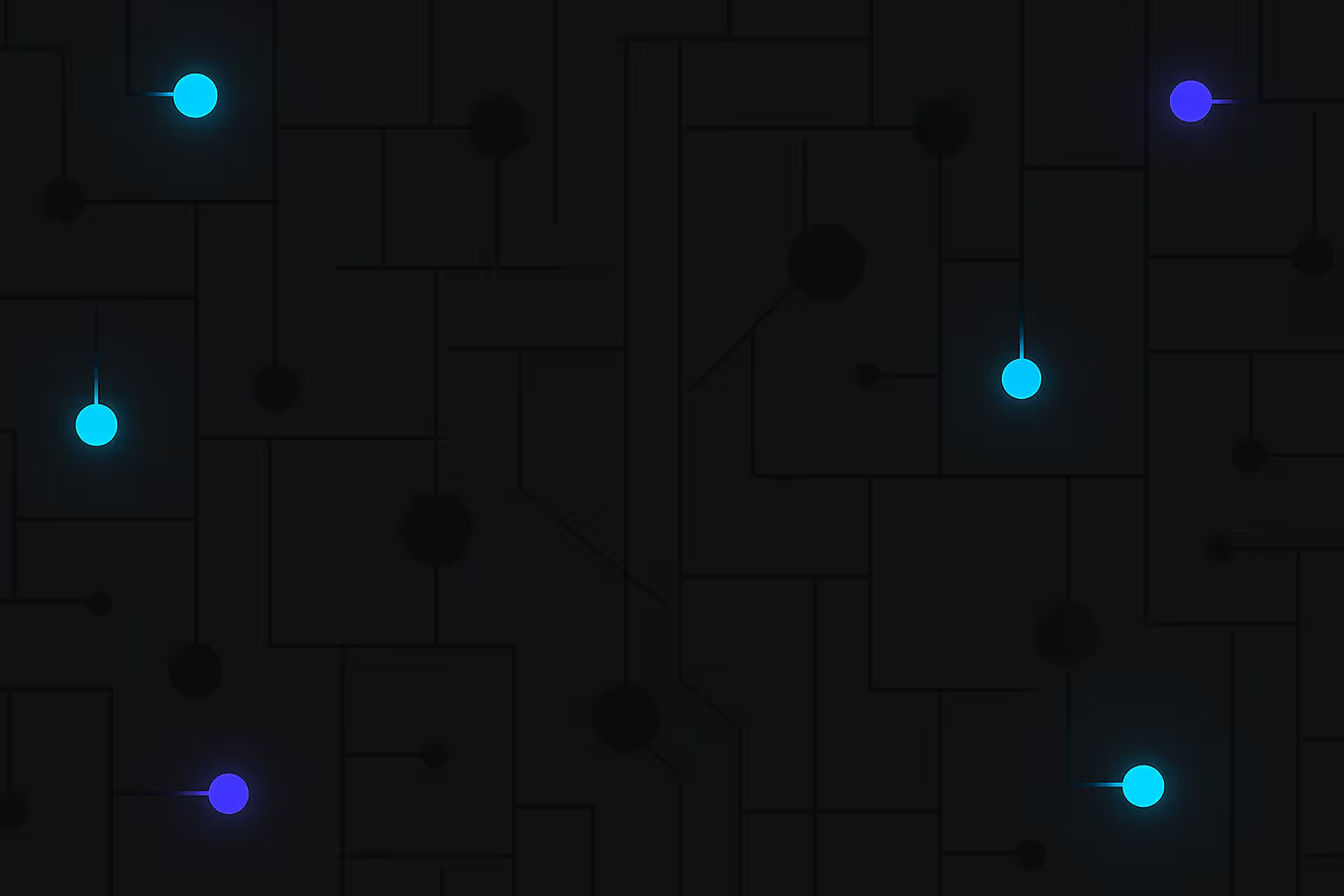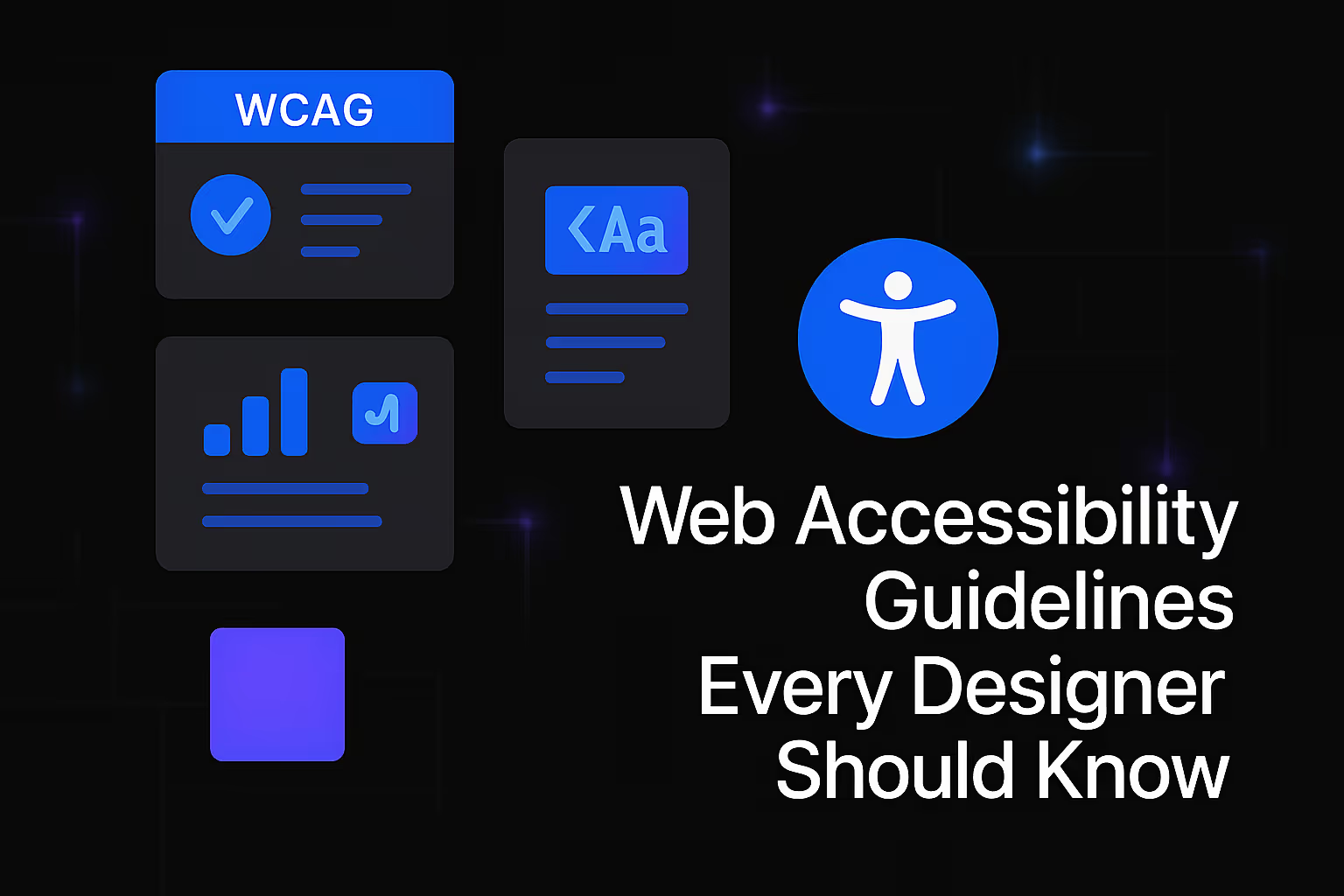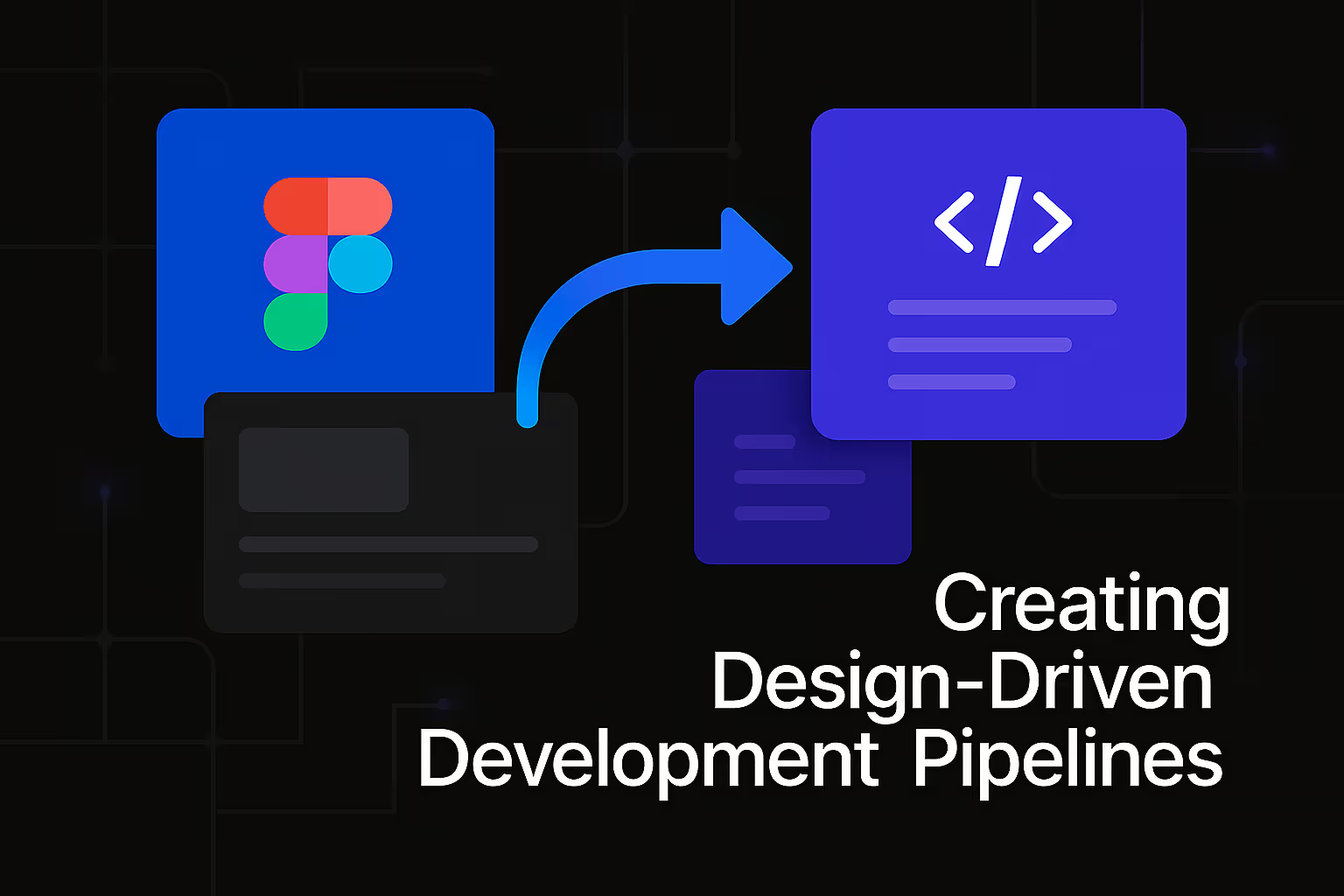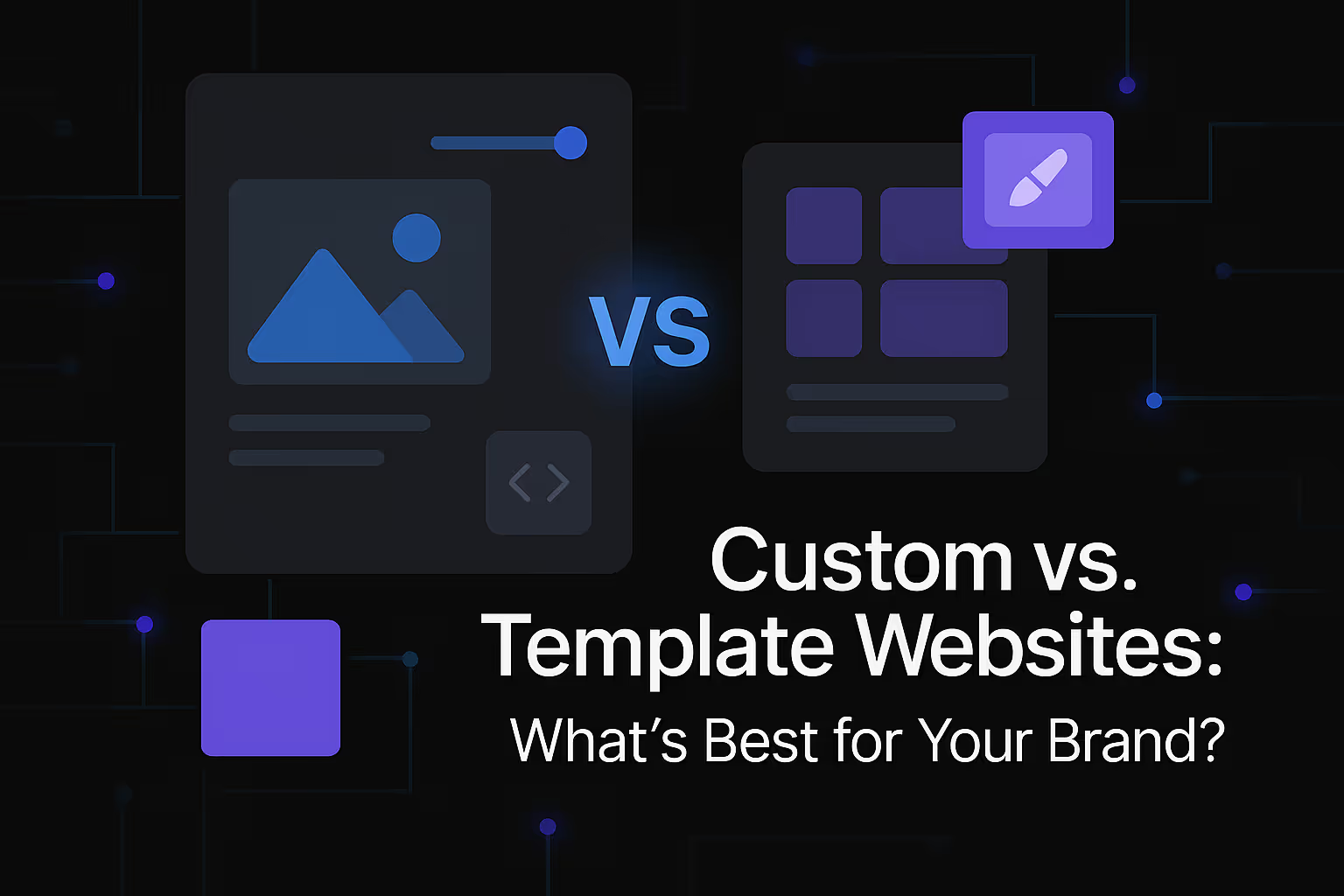The Future of Web Design: 2025 Trends to Watch
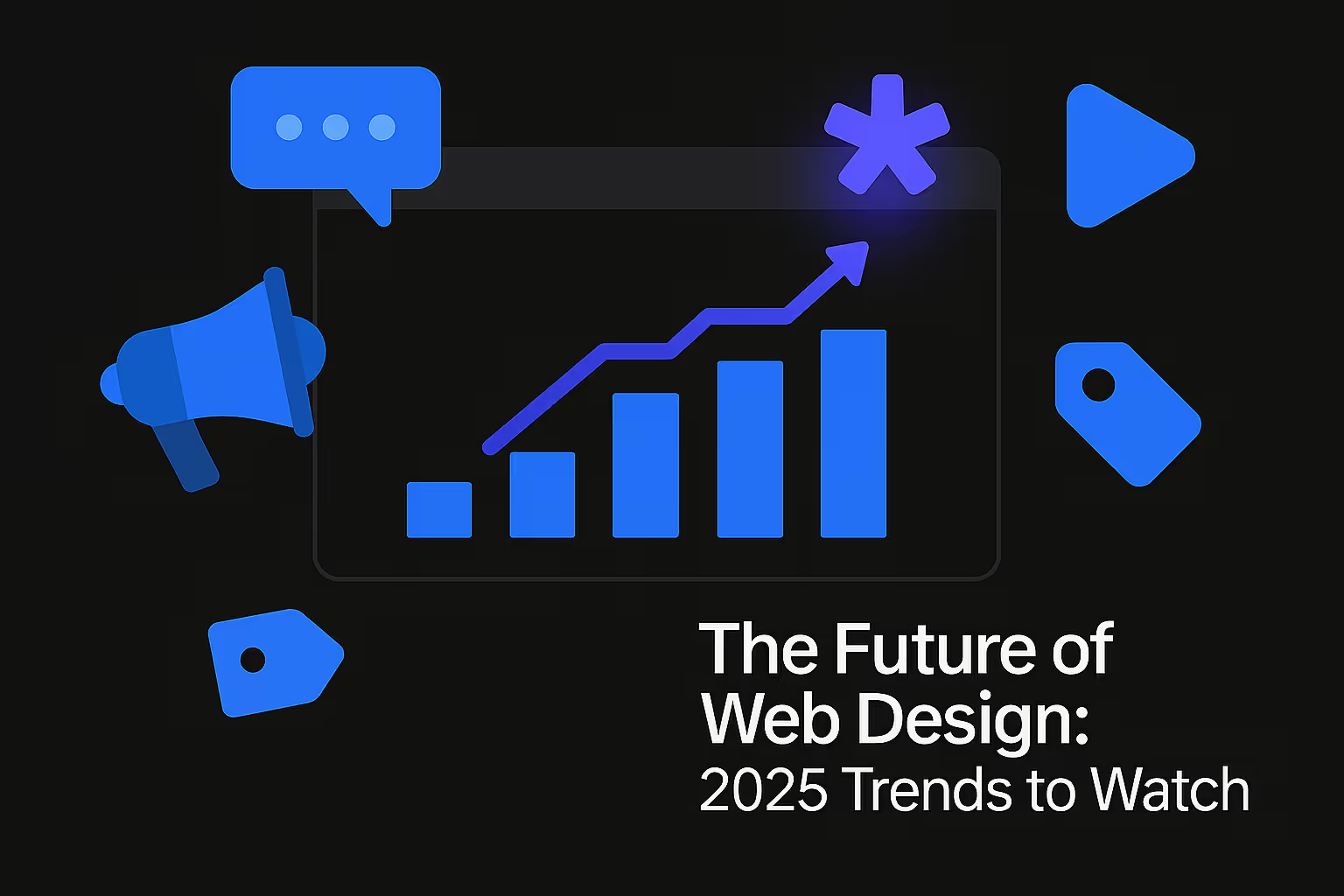
The digital landscape is a perpetually shifting canvas, where innovation paints new possibilities with every passing year. As we gaze towards 2025, the trajectory of web design reveals not just incremental changes, but a profound transformation driven by advancements in artificial intelligence, evolving user expectations, and an increasing emphasis on ethical and sustainable digital practices. To remain competitive and relevant in this ever-evolving sphere, designers, developers, and businesses alike must cultivate a deep understanding of these emergent trends, anticipating the demands of a hyper-connected, yet discerning, global audience.
The foundational premise of future web design hinges on a philosophy that places the human experience at its absolute core. Beyond aesthetic appeal, the websites of tomorrow will be intrinsically intelligent, intuitively responsive, and deeply personalized, anticipating user needs before they are explicitly stated. This paradigm shift moves beyond mere functionality, embracing a holistic approach where user well-being, accessibility, and environmental responsibility become non-negotiable pillars of design excellence. The future isn't just about how websites look, but how they feel, how they perform, and how they contribute to a better digital ecosystem.
Hyper-Personalization and Predictive User Experiences
The era of one-size-fits-all web design is rapidly fading into obsolescence. In 2025, hyper-personalization will transcend mere cookie-based recommendations, evolving into an intricate dance between data analytics, machine learning, and genuine human understanding. Websites will leverage sophisticated AI algorithms to gather and interpret a vast array of user data – from browsing history and demographic information to real-time behavioral cues and even emotional responses inferred through subtle interactions. This deep insight will empower designers to craft dynamic, fluid experiences that adapt not just to a user's stated preferences, but to their implied needs and immediate context.
Imagine a user visiting an e-commerce site for outdoor gear. Instead of a static homepage, the site immediately presents a curated collection of cold-weather hiking apparel, dynamically adjusting product recommendations based on the user's current geographic location and weather forecast. Or consider a news portal that not only suggests articles aligned with past reading habits but also prioritizes content based on the time of day, current events, and the user's demonstrated interest in specific topics at certain hours. This level of predictive user experience moves beyond simple content filtering; it involves an anticipatory design that seamlessly guides the user through their digital journey, minimizing friction and maximizing relevance.
The implications for user engagement are profound. When a website feels as though it was designed specifically for an individual, trust is naturally cultivated, and the likelihood of conversion or continued interaction significantly increases. However, this trend also ushers in critical considerations around data privacy and ethical AI use. Designers and developers must ensure absolute transparency regarding data collection and usage, providing users with clear control over their information. Building trust in a hyper-personalized world requires a delicate balance between leveraging data for enhanced experiences and respecting individual autonomy. Compliance with evolving global privacy regulations will not just be a legal necessity but a fundamental aspect of building a reputable and trustworthy online presence.
Immersive and Spatial Web Experiences: Beyond the Flat Screen
While virtual reality (VR) and augmented reality (AR) have been buzzed about for years, 2025 is poised to witness their more seamless integration into mainstream web design. The future of web experiences will increasingly move beyond the two-dimensional screen, embracing immersive and spatial design paradigms. This doesn't necessarily mean every website will require a VR headset; rather, it implies a more profound sense of depth, interaction, and environmental awareness built into the very fabric of web interfaces.
Consider e-commerce. Instead of static product images, users might be able to virtually "try on" clothes using their smartphone camera, see how a piece of furniture looks in their living room via AR, or even walk through a simulated 3D showroom. For educational platforms, this could translate into interactive historical reconstructions or anatomical models that users can manipulate and explore in a three-dimensional space. The goal is to bridge the gap between the digital and physical worlds, creating more engaging, memorable, and informative interactions.
The technical implications are substantial. This trend will drive further advancements in WebGL, WebXR, and other browser-based technologies capable of rendering complex 3D environments and facilitating AR overlays without requiring specialized software downloads. Performance optimization will be paramount, as these rich experiences demand significant processing power. Designers will need to acquire new skill sets in 3D modeling, spatial interaction design, and understanding the nuances of how users navigate and perceive information in three dimensions. The challenge lies in making these immersive web experiences accessible and performant across a wide range of devices, ensuring that innovation does not lead to exclusion. The potential for truly groundbreaking engagement, however, makes this a frontier ripe for exploration and exponential growth.
The Rise of AI-Powered Design Tools and No-Code/Low-Code Platforms
Artificial intelligence is not just transforming the user experience; it's revolutionizing the design process itself. By 2025, AI-powered design tools will become indispensable companions for web designers, automating mundane tasks, generating design variations, and even offering data-driven recommendations. Imagine an AI analyzing user behavior data and suggesting optimal button placements for higher conversion rates, or generating an entire design system based on a few initial parameters and brand guidelines. This isn't about AI replacing human creativity, but rather augmenting it, freeing designers to focus on higher-level strategic thinking, complex problem-solving, and the nuanced artistry that only human intuition can provide.
Concurrently, the proliferation of no-code and low-code platforms will continue to democratize web development, empowering individuals and small businesses without extensive coding knowledge to create sophisticated, functional websites. These platforms, often leveraging AI themselves, abstract away the complexities of underlying code, allowing users to build and deploy sites through intuitive drag-and-drop interfaces and visual programming. This trend fosters greater agility, reduces development costs, and enables faster iteration cycles, which are crucial in the fast-paced digital economy.
The synergy between AI-powered tools and no-code/low-code platforms will be a defining characteristic of web design in 2025. This allows designers to rapidly prototype, test, and deploy designs, shortening the feedback loop and accelerating innovation. While empowering, this also means that designers must adapt their workflows, becoming proficient in leveraging these tools effectively. The emphasis will shift from manual coding to understanding design systems, user flows, and the strategic application of AI to optimize outcomes. The future designer is less a coder and more an orchestrator of intelligent systems, focused on delivering impactful digital products with unprecedented efficiency.
Sustainable and Ethical Web Design: A Mandate, Not a Choice
As the digital footprint of the internet continues to expand, so too does its environmental impact. The vast server farms, data centers, and end-user devices consume immense amounts of energy, contributing to carbon emissions. In 2025, sustainable web design will transition from a niche consideration to a fundamental imperative. This involves a conscious effort to minimize the environmental impact of websites through various strategies, including optimizing code for efficiency, choosing green hosting providers, reducing image file sizes, and streamlining data transfers.
A lean, efficient website loads faster, consumes less bandwidth, and requires less energy from both the server and the end-user device. This isn't just good for the planet; it's also excellent for user experience and SEO. Search engines increasingly prioritize fast-loading, resource-efficient websites, recognizing that a sustainable design often correlates with a superior user experience. Therefore, designing with sustainability in mind becomes a win-win strategy.
Beyond environmental considerations, ethical web design will become an even stronger focal point. This encompasses a broad spectrum of principles, including transparency in data collection, avoiding deceptive design patterns (dark patterns), ensuring inclusive design for all users, and actively combating misinformation. Websites will be designed with a conscious awareness of their societal impact, striving to promote positive user behaviors and foster genuine connection rather than simply optimizing for clicks or conversions at any cost.
The pursuit of E-E-A-T (Experience, Expertise, Authoritativeness, and Trustworthiness) will naturally align with these ethical considerations. A website that is transparent, respects user privacy, and prioritizes genuine value over manipulative tactics will inherently build trust and authority. Designers will be increasingly responsible for not just the aesthetics and functionality of a website, but also its moral compass, ensuring that the digital experiences they create contribute positively to society and the planet. This shift reflects a growing maturity in the digital industry, recognizing its profound influence and accepting its inherent responsibilities.
Accessibility and Inclusive Design: The Standard, Not the Exception
In 2025, accessibility in web design will no longer be an afterthought or a compliance checklist item; it will be an integral, foundational principle woven into every stage of the design and development process. The internet is a global public space, and everyone, regardless of their abilities, deserves equal access to information and functionality. This means designing websites that are usable by individuals with visual impairments (e.g., screen reader compatibility, sufficient color contrast), hearing impairments (e.g., video captions, transcriptions), cognitive disabilities (e.g., clear language, consistent navigation), and motor impairments (e.g., keyboard navigability, large clickable areas).
Inclusive design extends beyond mere compliance with WCAG guidelines. It embraces a mindset that actively seeks to understand and accommodate the diverse needs and contexts of all potential users from the very outset of a project. This involves conducting thorough user research with individuals across various spectrums of ability, employing empathy maps, and continually testing designs with assistive technologies. The benefits of inclusive design are far-reaching: it not only expands a website's audience and market reach but also often leads to more robust, flexible, and user-friendly designs for everyone. Features implemented for accessibility, such as clear semantic HTML structure, often improve SEO and overall site performance.
Search engines are increasingly sophisticated in their ability to assess the user experience, and accessibility is a significant component of that assessment. Websites that are genuinely accessible often rank higher because they provide a better experience for a wider audience, signaling to search algorithms that they are high-quality resources. The future of web design demands that designers consider accessibility not as a separate task but as an inherent quality of good design, ensuring that the digital world is truly open and beneficial for all. This principle underpins the "User-First" philosophy, making it a cornerstone of successful web presence.
Voice User Interface (VUI) and Conversational Design Dominance
The proliferation of smart speakers and voice assistants has ushered in a new era of interaction, and by 2025, Voice User Interface (VUI) will exert a significant influence on web design. Users are increasingly comfortable interacting with technology through spoken commands, and websites will need to be optimized for this conversational paradigm. This isn't just about adding a voice search bar; it involves a fundamental shift in how information is structured and presented to accommodate auditory consumption.
Conversational design goes hand-in-hand with VUI, focusing on natural language processing and designing interactions that mimic human conversations. Websites will need to anticipate spoken queries, provide concise and relevant voice responses, and guide users through processes using natural dialogue. This will require a deeper understanding of semantic search and the intent behind spoken queries, moving beyond simple keyword matching to grasp the full context of a user's verbal request.
For web designers, this means thinking beyond visual layouts to consider the "auditory journey" of a user. How will content be summarized for a voice assistant? How will navigation be articulated through spoken commands? How can voice input streamline complex forms or processes? The rise of VUI and conversational interfaces presents opportunities for creating highly efficient, hands-free interactions, particularly relevant for multitasking users or those with accessibility needs. Optimizing content for featured snippets and direct answers will become even more crucial for voice search visibility. This trend underscores the importance of clear, concise, and semantically rich content, as well as robust structured data, to ensure that web content is readily digestible by both human users and intelligent voice systems.
The Evolution of Content Management Systems and Composable Architectures
The backend infrastructure supporting web experiences is also undergoing a significant transformation. By 2025, the traditional monolithic content management system (CMS) will increasingly give way to composable architectures and headless CMS solutions. A headless CMS separates the content management backend (where content is created and stored) from the frontend (where content is displayed). This decoupling offers unprecedented flexibility, allowing content to be delivered seamlessly across a multitude of platforms – websites, mobile apps, smart displays, voice assistants, and even AR/VR experiences – from a single source.
This shift empowers developers to use their preferred frontend frameworks, leading to faster, more performant, and more scalable web experiences. It means that content can be created once and then dynamically adapted and distributed to any "head" or presentation layer, optimizing for the specific device and user context. For designers, this means working within more flexible ecosystems, where content is viewed as a modular component that can be assembled and reassembled in countless ways.
The evolution towards composable architectures also aligns with the need for greater agility and adaptability in web design. As new technologies and interaction paradigms emerge, a headless approach allows businesses to quickly integrate these new "heads" without rebuilding their entire content infrastructure. This future-proofs web investments and ensures that organizations can pivot rapidly to meet evolving market demands and technological advancements. It emphasizes the importance of a clear content strategy, robust APIs, and a deep understanding of how content flows across various digital touchpoints.
Micro-Interactions and Haptic Feedback for Enhanced Engagement
In the pursuit of truly intuitive and delightful user experiences, micro-interactions and haptic feedback will play an increasingly prominent role in 2025. Micro-interactions are the subtle, single-purpose animations, sounds, or visual cues that provide immediate feedback to a user's actions. Think of the subtle bounce when you click a button, the satisfying checkmark animation after form submission, or the brief vibration when you successfully complete a task on your phone. These small details, often overlooked, contribute significantly to a sense of responsiveness, polish, and engagement.
As devices become more sophisticated, particularly mobile devices, the integration of haptic feedback – tactile responses like vibrations or subtle pulses – will add another layer of sensory engagement to web experiences. Imagine receiving a specific haptic pattern when a file upload is complete, or a gentle vibration confirming a successful drag-and-drop action. These physical cues can guide users, confirm actions, and even subtly convey emotional responses, making interactions feel more tangible and intuitive.
The careful implementation of micro-interactions and haptics requires a nuanced understanding of human psychology and perception. Overuse can be distracting or annoying, but judicious application can dramatically enhance user satisfaction and the overall perceived quality of a website. These small but powerful details contribute to a feeling of fluidity and responsiveness, making the digital experience feel more "alive." They are a testament to the fact that great web design is not just about the grand gestures, but also about the mastery of the smallest, most subtle elements that shape a user's emotional connection with a digital product.
The Future is Collaborative, Human-Centric, and Intelligently Designed
Looking ahead to 2025, the future of web design is undeniably dynamic, challenging, and filled with immense opportunity. The overarching theme is a move towards a more human-centric internet, where technology serves to augment and enrich lives, rather than merely transmit information. Designers will need to be more versatile than ever, blending creative flair with a deep understanding of data, ethics, and emergent technologies.
The trends we've explored – from hyper-personalization and immersive experiences to AI-powered tools, sustainability, accessibility, VUI, and composable architectures – all converge on a shared vision: a web that is more intuitive, more inclusive, and more impactful. The emphasis will be on creating experiences that are not only visually appealing and functionally robust but also deeply meaningful and ethically sound.
For businesses and content creators, the imperative is clear: embrace adaptability. The digital landscape will continue to evolve at an accelerating pace. Investing in continuous learning, fostering cross-functional collaboration between design, development, and marketing teams, and remaining agile in the face of change will be paramount. The websites of 2025 will be reflections of our collective ingenuity and our commitment to building a digital world that truly serves humanity. This forward-thinking approach, grounded in a deep understanding of both technology and human behavior, will be the ultimate differentiator in the competitive online realm.
Similar Insights
Stay Updated with Our Insights
Join our newsletter for the latest trends and tips in web development and digital marketing.
